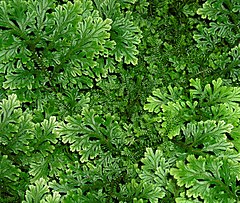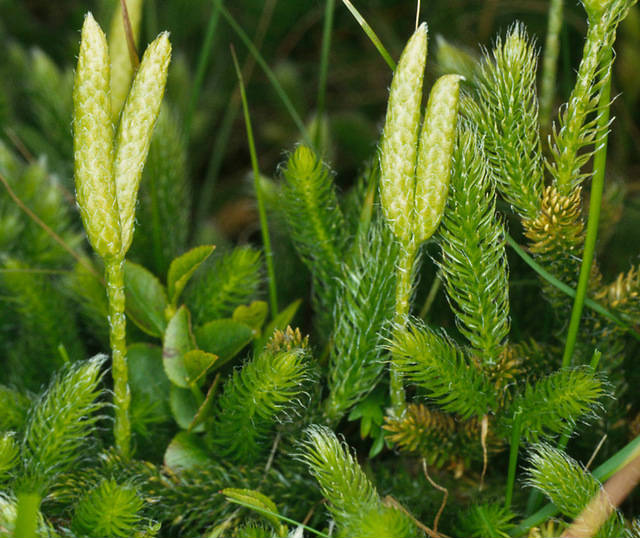GENERAL CHARACTERS
NOTE –
| Phylum – Chytridiomycota | Phylum – Zygomycota | Phylum – Ascomycota | Phylum – Basidiomycota |
| Aquatic, flagellated fungi, dichotomously branched hyphae | Branched, coenocytic and aseptate mycelium | Branched, multinucleated and septate mycelium | Branched, monokaryotic or dikaryotic and septate mycelium |
| Asexual reproduction by flagellated zoospores. | Asexual reproduction by spores within sporangium | Asexual reproduction by conidia | Asexual reproduction by various spores |
| Sexual reproduction by motile male and female gametes | zygosporangium is produced in sexual reproduction | Sexual reproduction by ascospores | Sexual reproduction by basidiospores |
| Allomyces | Mucor | Aspergillus | Agaricus |
Conidia – Exogenous asexual spore
Differences between a typical Bacteria and a typical Fungi
| Characters | Typical Bacteria | Typical Fungi |
| Cellular organization | Prokaryotic | Eukaryotic |
| Cell wall component | Peptidoglycan | Chitin |
| Ability to fix atmospheric nitrogen | Present | Absent |
| Mode of nutrition | Heterotrophic | All are heterotrophic |
| Autotrophic | ||
| Flagella | Present. | Present. |
| Made up of single protein filament | Shows 9+2 arrangement | |
| Cell arrangement | All are unicellular | Unicellular |
| Unspecialized multicellular |
Similarities between a typical Bacteria and a typical Fungi




Phylum Bryophyta
Bryophytes are called amphibians of the plant kingdom because these plants though live in soil but they need water for sexual reproduction.
Features of Bryophyte which make it unsuitable for terrestrial environment


Phylum Lycophyta
Selaginella
Lycopodium


Phylum Pterophyta
Nephrolepis
Terrestrial life adaptation of Phylum Pterophyta

| Coelenterata (Cnidaria) | Platyhelminthes | Nematoda | Annelida | Mollusca | Arthropoda | Echinodermata |
| Marine or freshwater | Free-living forms inhabit water or moist soil, parasites inside the host body
|
Found in soil, water and as parasites.
|
Found in marine, freshwater or on/in soil
|
Mostly marine or freshwater, Some terrestrial | Terrestrial or aquatic
|
Exclusively marine
|
| Radial symmetry | Bilateral symmetry | Adults: penta radial symmetry Larvae :bilateral symmetry | ||||
| Diploblastic | Triploblastic | |||||
| Mesoglea present between two germ layers | No body cavity | Pseudocoelom present | Well developed coelom | Haemocoel (Coelom reduced)
|
Haemocoel (Coelom greatly reduced )
|
Large coelom.
A part is developed as water vascular system with associated tube feet
|
| Two types of body form-tube like polyp,
umbrella like medusa No segmentation |
Dorsoventrally flattened body.
No segmentation
|
Slender,cylindrical tapered end body.
No segmentation |
Cylindrical worm like body internal and external segmentation
|
A little trace of segmentation Different types of body forms
|
Externally segmented body. Each segment typically bears a pair of jointed appendages.
|
Cylindrical or star or flower like form. No segmentation
|
| Cephalization absent | Shows some degree of cephalization | Shows some degree of cephalization | Shows cephalization | Clear cephalization. Body is divided into head, muscular foot, visceral mass | Distinct cephalization, parts of body; generally divided into head, thorax & abdomen | No cephalization Body is arranged in oral aboral axis
|
| Nematocysts present in cell layer.
No cuticle
|
Epidermis soft and ciliated or covered by cuticle and with external suckers or hooks or both
|
Tough cuticle is present
|
Definite cuticle and chetae of chitin
Body covering is soft and it forms a mantle
|
Exoskeleton of chitin secreted by epidermis
|
Body covered by delicate epidermis often with spines
|
|
| Corals posses limy or horny Exoskeleton
|
No skeleton | Hydrostatic skeleton of pseudocoelomic fluid | Hydrostatic skeleton of coelomic fluid
|
Many have Exoskeleton, In some endoskeleton
|
exoskeleton | endoskeleton
|
| Lacks cilia at any stage | Lacks cilia at any stage | |||||
| Gastro vascular cavity
|
Incomplete alimentary canal.
Only mouth no anus |
Complete Alimentary canal having mouth & anus | Complete alimentary tract in some. Some lack anus | |||
| Radulla present in some | Mouth parts present | |||||
| No circulatory system | Closed circulatory system with lateral hearts | Open circulatory system with dorsal heart | Reduced circulatory system | |||
| No respiratory organs | Some have external gills | Gills or ctenidia in the mantle cavity for respiration. Land forms respire through mantle | Gills or book lungs or trachea as respiratory structures | Gills or papillae or tube feet or cloacal respiratory tree as respiratory structure | ||
| No excretory system
|
Simple excretory system with flame cells & ducts
|
Simple excretory system with longitudinal canals
|
Excretory structures: nephridia
|
Green gland or malphigian tubules
|
No excretory system
|
|
| Nerve net
|
A pair of anterior ganglia or a nerve ring with longitudinal nerve cords (1-3)
|
Nerve ring with longitudinal nerve cords
|
One pair of cerebral ganglia & double, solid, mid ventral nerve cord
|
Nerve ring with pairs of ganglia & 2 pairs of nerve cords
|
Paired dorsal cerebral ganglia & double ventral solid nerve cord
|
Nervous system with nerve rings and radial nerves
|
| Some with eyespots and/or statocysts as sensory structures
|
Free living forms have eyespots & chemoreceptors
|
Mainly papillae
|
Simple eyes. tentacles and palps in some
|
Sensory Organs Tentacles, Some have eyes,eyespots and statocysts
|
Antennae, statocysts sensory hairs simple and compound eyes
|
Most do not have sensory organs. Some have tactile tube feet eye spots & sensitive tentacles |
| Simple gonads without ducts
|
Gonads, gonadal ducts, accessory organs present | Gonads with ducts
|
Gonads and ducts
|
Gonads & ducts
|
Gonads & ducts
|
Large gonads with ducts
|
| Asexual reproduction by budding or regeneration | Asexual reproduction in some forms by fragmentation
|
No asexual reproduction or regeneration
|
In some by budding or regeneration
|
In some regeneration
|
In some regeneration
|
|
| Unisexual/ bisexual
|
Usually bisexual
|
Unisexual
|
Unisexual or bisexual
|
Usually unisexual
|
Unisexual By parthen ogenesis in some insects and crustaceans | Unisexual
|
| External fertilization
|
Internal fertilization
|
Internal fertilization
|
External or internal fertilization | External or internal
|
Mostly internal
|
External fertilization
|
| Planula larva
|
Many larval Stages in parasites.Free living forms have no larval stages | Larval Stage in some
|
Trochophore larva | Trochophore or veliger larva
|
One or more larval stages
|
Bipinnaria or dipleurula larva
|
Seed is a structure which consists of embryo, stored food and covered by seed coat to protect itself from mechanical injury, infectious attacks and desiccation
Spermatophyta
Differences between Gymnosperms and angiospermophyta
| Characters | Gymnosperms | Angiospermophyta | |
| Ovule | Appear to the external environment | Do not appear | |
| Covered by ovary | |||
| Not covered by ovary | |||
| Fruit | Does not form | Forms | |
| Strobilus / flower | Strobilus form. Flower does not | Flower form | |
| Leaves | Always green | Normally green | |
| Yellow / brownish orange at maturity | |||
| Sexual character | Unisexual | Unisexual / bisexual | |
| Dioecious | Dioecious / monocious | ||
| Example | Cycadophyta | Anthophyta | |
| Coniferophyta |
Phylum Cycadophyta
Cycas

Phylum Coniferophyta
World’s biggest tree (Giant Sequoia) belongs to the phylum Coniferophyta
Pinus

Vascular Plants / Tracheophyta
Features that could not be seen in all the vascular plants